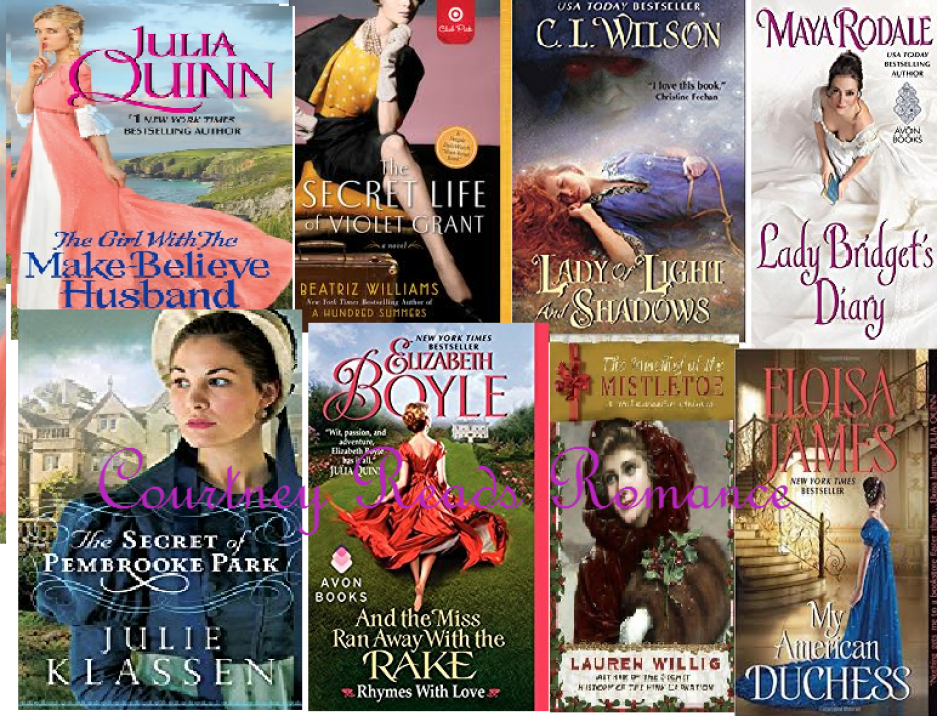Chen, Katherine J. Mary B: An Untold Story of Pride and Prejudice. New York: Random House, 2018.
Hardcover | $27.00 USD | ISBN-13: 978-0399592218 | 322 pages | Historical Fiction
1.5 stars
I had high-ish hopes for Mary B. While I did not expect it to fully measure up to Austen, given my prior experience with Austen fan fiction, I liked the idea of giving Mary Bennet a chance to shine, which not many other authors of Austen fics had done.
And in terms of making Mary of sympathetic character, Chen succeeds. Her character and indeed elements of the story itself feel Bronte-esque (which is ironic, given Charlotte Bronte’s disdain for Austen’s work), but it was still marginally satisfying to see Mary given her own voice and see her come into her own. I also really enjoyed that she took to writing, and had that been the main focus of the story without some of the other elements, I would have enjoyed this much more.
But the characterizations of almost everyone else is where it falls flat. Split into three parts, the first part covering the timeline of P&P is consistent enough with the source text, but I found it hard to believe some of the developments in parts two and three. Elizabeth is this book’s biggest character assassination, with her marriage to Darcy turning her into a vapid matron who cares for nothing but parties. That on its own would be bad enough for some, but I was willing to give it some benefit of the doubt, were it not compounded by the apparent dissolution of the happy ending for Elizabeth and Darcy, in favor of the most ludicrous pairing ever. The excuse that they found they did not suit each other also makes no sense given the depth of their relationship development over the course of P&P.
While quite a few of the other characters were likewise inconsistent (Colonel Fitzwilliam), or at least so obvious of a caricature that they are impossible to mess up (Mrs. Bennet), there were a few characters who actually benefited from this new perspective. While he is still very flawed, I found seeing through the eyes of someone who didn’t think Mr. Collins was insufferable, albeit temporarily, was an interesting experience, as it helped provide some perspective as to why Mary (and perhaps even Charlotte) would consider him an attractive suitor, aside from financial security. And I also was incredibly touched by the way things evolved for Mary and Lydia’s relationship, especially given that Chen imagines a rather dire fate for Lydia after she becomes Mrs. Wickham.
All in all, this is a very disappointing book. I would not recommend it to other devoted Austen fans. I might recommend it to the more casual fan or to someone who hasn’t read P&P before.












